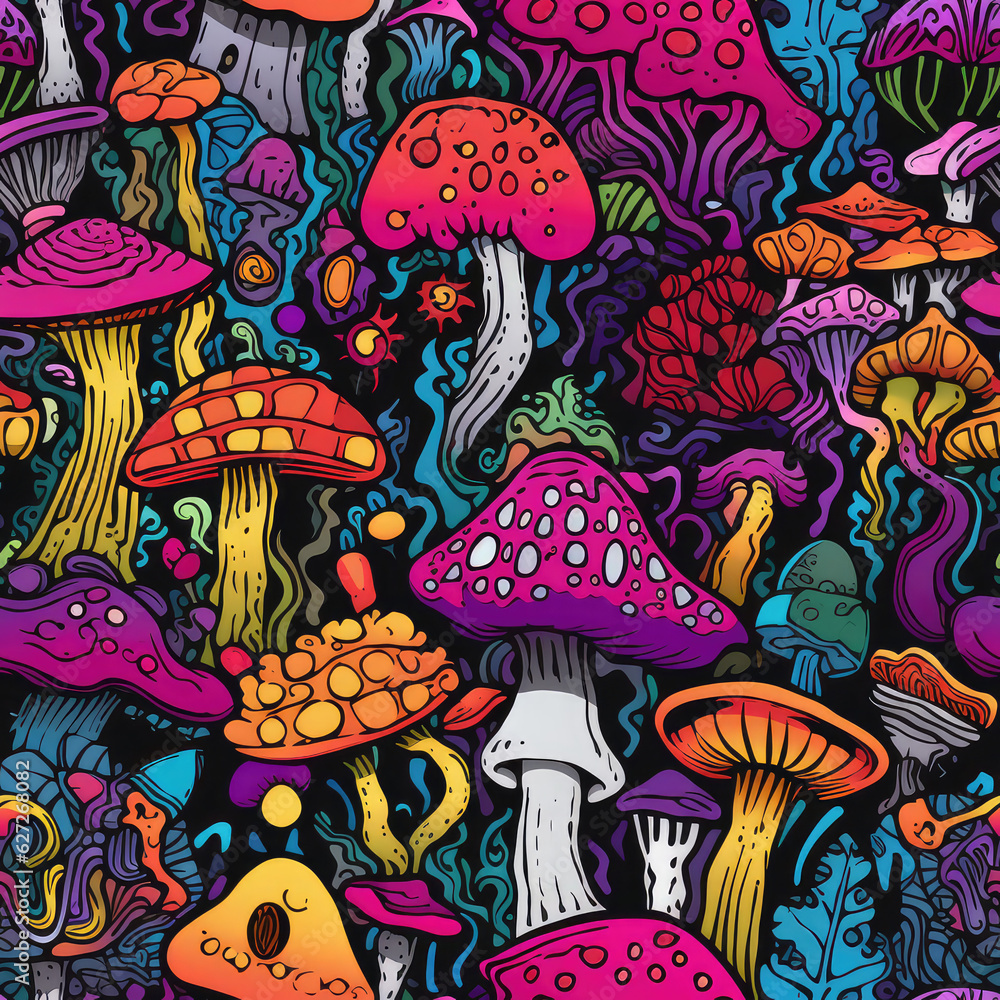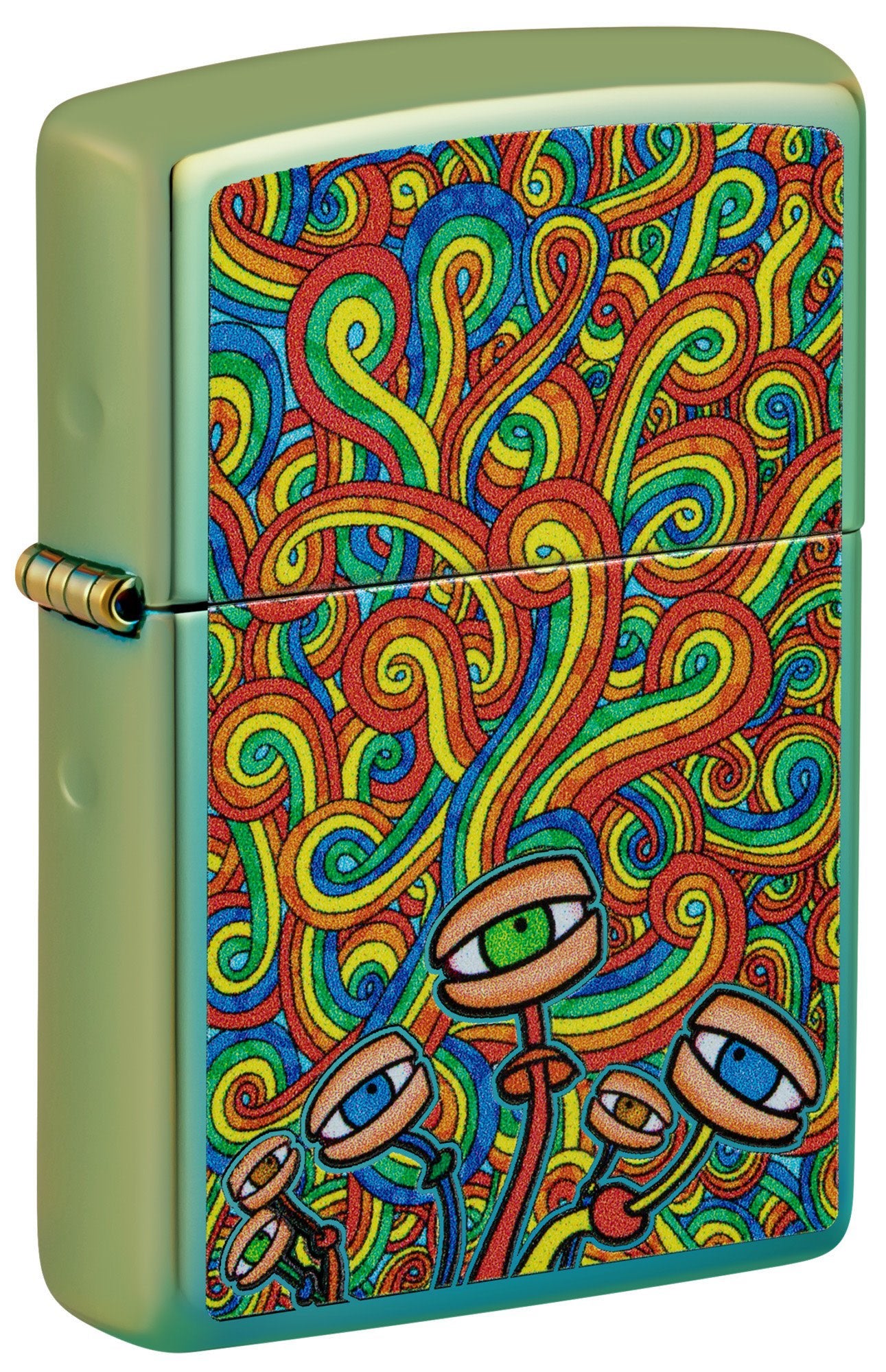Get Insights About Golden Psycho and Its Appeal.
Wiki Article
Everything About Psychotomimetic Substances: Their Role in Psychological Study
Psychotomimetic compounds, such as LSD and psilocybin, have actually garnered boosting interest in mental study for their ability to reproduce psychotic symptoms and supply understanding into numerous psychological health problems. Their interactions within the brain, specifically through serotonin and dopamine paths, suggest a complicated partnership between consciousness and neurobiology that might unlock novel healing avenues. As scientists remain to examine their possible applications, ethical considerations bordering their use in medical setups become vital, elevating important inquiries about security and educated consent that require more expedition.Definition of Psychotomimetic Compounds
In the realm of mental study, psychotomimetic substances are substances that can induce impacts looking like those of psychosis, such as hallucinations, deceptions, and transformed assumptions of fact - About Golden Psycho. These compounds can be classified into various categories, consisting of hallucinogens, dissociatives, and specific stimulants, each creating distinct psychological effectsThe medicinal activity of psychotomimetic substances commonly includes modulation of neurotransmitter systems, particularly those pertaining to serotonin, dopamine, and glutamate. For instance, materials like lysergic acid diethylamide (LSD) largely act upon serotonin receptors, causing profound alterations in sensory perception and cognition.
The utility of psychotomimetics in research exists in their capability to imitate psychotic symptoms, providing a version for comprehending the underlying devices of psychotic conditions such as schizophrenia. By studying the effects of these substances, scientists can acquire insights right into the neurobiological and mental procedures that contribute to psychosis.
Additionally, psychotomimetic compounds have actually been explored for their healing capacity in dealing with various mental wellness problems, including anxiety and anxiety, highlighting their twin role in both study and potential professional applications.
Historical Growth and Context
The exploration of psychotomimetic substances has a rich historical context that goes back to ancient human beings, where substances such as psilocybin mushrooms and peyote were made use of in spiritual and healing methods. These very early uses usually intertwined with spiritual rituals, suggesting an extensive reverence for the modified states of awareness induced by these substances.The mid-20th century noted a considerable pivotal moment in the research study of psychotomimetic materials, particularly with the synthesis of LSD by Albert Hofmann in 1938. The subsequent popularization of LSD in the 1960s militarized a wave of interest in both its mental results and potential restorative applications. Scientists started to investigate exactly how these materials can imitate psychotic states, giving understandings into mental disease.
However, the boosting organization of psychotomimetics with counterculture movements caused regulatory backlash, culminating in the criminalization of most of these substances. Despite these difficulties, the rebirth of interest in the restorative capacity of psychedelics in the 21st century has actually prompted renewed research. This historic trajectory emphasizes the advancing perception of psychotomimetic compounds, transforming from sacred compounds to topics of clinical questions and, possibly, therapeutic guarantee.
Systems of Action
Recognizing the mechanisms of action of psychotomimetic substances reveals the elaborate methods these compounds engage with the mind's neurochemistry. These compounds mainly exert their effects through inflection of natural chemical systems, particularly serotonin, dopamine, and glutamate. For instance, many classic psychedelics, such as psilocybin and LSD, primarily work as agonists at serotonin 5-HT2A receptors, leading to transformed assumption and cognition. This communication not only affects sensory handling however also boosts psychological and introspective experiences.In enhancement to serotonin, dopaminergic paths are dramatically affected by compounds like mescaline and certain cannabinoids, which can result in altered states of awareness and modifications in mood and motivation. The NMDA receptor animosity observed with check my blog materials like ketamine highlights another path through which psychotomimetics may generate dissociative states and profound modifications in assumed processes.
The neurochemical waterfalls launched by these interactions cause complex and diverse emotional effects. Comprehending these devices is important for both the advancement of mental study and the therapeutic capacity of psychotomimetic substances, as they give insights right into the underlying neural correlates of transformed states of consciousness.
Current Research Study and Applications
Current examinations right into psychotomimetic compounds have actually disclosed a rebirth of interest in their therapeutic applications, particularly in the fields of psychiatry and psychology. Researchers have begun checking out compounds such as psilocybin, LSD, and ayahuasca for their prospective to ease signs and symptoms related to numerous psychological wellness problems, consisting of clinical depression, anxiousness, and PTSD.Professional tests have actually shown that, when provided in controlled atmospheres, these compounds can help with profound psychological experiences, promoting emotional breakthroughs and enhanced healing end results. As an example, research studies have shown that psilocybin-assisted treatment can bring about substantial decreases in treatment-resistant clinical depression, with results lasting for numerous months post-treatment.
Additionally, psychotomimetic compounds are being assessed for their ability to cultivate neuroplasticity, possibly enabling even more reliable rewiring of maladaptive idea patterns. These findings recommend that such substances may function as complements to typical psychotherapeutic approaches, improving the efficiency of restorative interventions.
As study advances, the emphasis is moving towards recognizing the ideal does, restorative setups, and participant characteristics that can make best use of the benefits of these substances. This growing area holds pledge for revolutionizing psychological health therapy paradigms and attending to the limitations of traditional psychiatric medicines.
Moral Considerations in Study

Browsing the honest landscape of study including psychotomimetic substances is vital to making sure individual security and the honesty of research study end results. Researchers need to prioritize educated consent, making sure that individuals fully recognize the potential threats and advantages connected with the compounds being researched. This includes providing in-depth information regarding feasible emotional effects, consisting of intense and long-term impacts, and permitting individuals the possibility to withdraw from the research any time without fine.
IRBs examine useful reference research study procedures to protect participant welfare and copyright ethical standards. Additionally, the possibility for threat have to be meticulously analyzed, specifically when prone populations are involved.
Confidentiality is an additional extremely important factor to consider. Scientists should execute robust measures to shield individuals' identities and data, particularly offered the delicate nature of experiences connected with psychotomimetic compounds (About Golden Psycho). Ultimately, a dedication to moral methods not only fosters trust in between researchers and individuals however likewise enhances the reliability and validity of the study results, adding to the development of emotional understanding

Conclusion
To conclude, look at this website psychotomimetic substances, particularly classic psychedelics such as LSD and psilocybin, deal considerable insights right into mental disorders via their unique devices of action. Their therapeutic capacity in dealing with problems like stress and anxiety and PTSD underscores the relevance of continued study in this field. Nonetheless, making sure ethical requirements in research methods is important for individual security and educated permission, enabling an accountable expedition of these compounds' advantages and implications within mental scientific research.Report this wiki page